Home>Furniture & Design>Interior Design Trends>How To Clean Scorched Glass
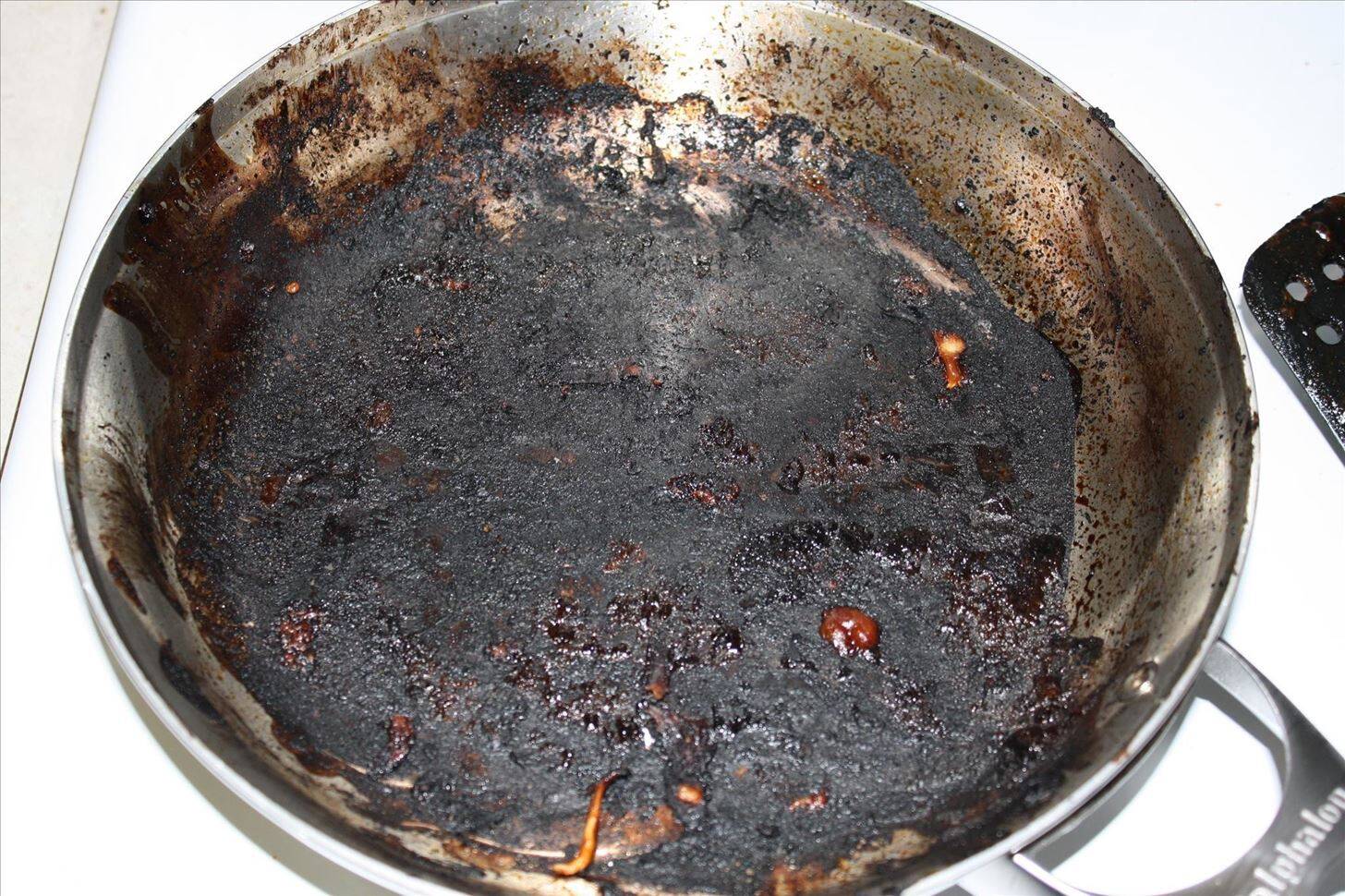

Interior Design Trends
How To Clean Scorched Glass
Modified: February 21, 2024
Learn how to clean scorched glass with these interior design trends. Keep your home looking fresh and stylish with our expert tips.
(Many of the links in this article redirect to a specific reviewed product. Your purchase of these products through affiliate links helps to generate commission for Storables.com, at no extra cost. Learn more)
Introduction
Scorched glass can be a frustrating sight in any home. Whether it's a glass stovetop, oven door, or a glass baking dish, the unsightly marks left behind by burnt-on food or high heat can be a real eyesore. However, fear not! With the right techniques and a bit of elbow grease, you can restore your scorched glass to its former sparkling glory.
In this comprehensive guide, we will delve into the causes of scorched glass and provide you with a step-by-step cleaning process to banish those stubborn marks. Additionally, we'll share valuable tips for preventing scorched glass in the future, helping you maintain the pristine condition of your glass surfaces.
So, if you've ever found yourself staring at a scorched glass surface and wondering how to tackle the problem, you've come to the right place. By the end of this guide, you'll be equipped with the knowledge and tools to effectively clean and prevent scorched glass, ensuring that your glass surfaces remain a shining testament to your clean and well-maintained home. Let's dive in and reclaim the beauty of your glass surfaces!
Key Takeaways:
- Say goodbye to scorched glass with vinegar, baking soda, and a gentle scrub. Prevent future scorching by using protective cookware and mindful cooking practices. Enjoy sparkling glass surfaces with these simple tips!
- Don’t let scorched glass ruin your day! Fight back with vinegar, water, and a plastic scraper. Keep your glass surfaces pristine by cleaning up spills promptly and using non-abrasive tools.
Read more: How To Clean Glass Cleaning Cloth
Understanding the Cause of Scorched Glass
Scorched glass is a common issue that occurs when glass surfaces are exposed to high heat or direct flames. Understanding the root causes of scorched glass is crucial in effectively addressing and preventing this problem. One of the primary culprits behind scorched glass is food or liquid residue that comes into contact with the glass surface during cooking or baking. When these substances are subjected to high temperatures, they can adhere to the glass and form stubborn, burnt-on marks.
Glass stovetops and oven doors are particularly susceptible to scorching due to their proximity to heat sources. Splattered sauces, spilled liquids, or food remnants left on these surfaces can quickly become baked onto the glass, resulting in unsightly discoloration and stubborn residue. Additionally, prolonged exposure to high temperatures, such as when using the broiler function in an oven or cooking at extremely high heat on a stovetop, can lead to scorch marks on the glass.
In the case of glass baking dishes, sudden temperature changes can also contribute to scorching. Placing a hot glass dish directly onto a cold surface or exposing it to a rapid change in temperature, such as transferring it from the oven to a cold countertop, can cause thermal shock, leading to visible scorch marks on the glass.
Furthermore, the type of food being cooked or baked can play a role in scorching glass surfaces. Sugary or oily substances, when heated to high temperatures, can caramelize and adhere to the glass, creating tough-to-remove scorched spots.
Understanding these causes empowers homeowners to take proactive measures to prevent scorched glass and adopt appropriate cleaning techniques when faced with this issue. By addressing the root factors that contribute to scorched glass, individuals can maintain the pristine condition of their glass surfaces and ensure a clean and inviting home environment.
Materials Needed for Cleaning
To effectively tackle scorched glass and restore its luster, you'll need a few essential materials to facilitate the cleaning process. These items are readily available and, when used in combination, can help you achieve impressive results. Here's a comprehensive list of the materials you'll need:
-
White Vinegar: This versatile household staple is a powerful ally in combating scorched glass. Its acidic properties make it an effective cleaner for removing tough stains and residue from glass surfaces.
-
Baking Soda: Known for its gentle abrasive qualities, baking soda is an excellent natural cleaning agent that can help lift and loosen burnt-on food particles without scratching the glass.
-
Microfiber Cloth or Soft Sponge: Opt for a non-abrasive cleaning tool to avoid damaging the glass surface. A microfiber cloth or soft sponge is ideal for gently scrubbing and wiping away stubborn marks.
-
Plastic Scraper: A plastic scraper can be used to carefully remove larger, hardened food residues from the glass surface without causing scratches.
-
Dish Soap: A mild dish soap will come in handy for pre-cleaning the scorched area and removing any grease or oil buildup before proceeding with the main cleaning process.
-
Water: Having access to clean water is essential for rinsing the glass surface and diluting cleaning solutions as needed.
-
Rubbing Alcohol: This can be used to tackle particularly stubborn or greasy scorched spots, as it helps break down tough residues for easier removal.
-
Rubber Gloves: Protect your hands with rubber gloves, especially if you're working with cleaning solutions or hot surfaces.
By gathering these materials, you'll be well-equipped to take on the task of cleaning scorched glass surfaces effectively and safely. Each item plays a specific role in the cleaning process, ensuring that you can address the problem with precision and care. With these materials at your disposal, you're ready to embark on the journey to restore your glass surfaces to their pristine condition.
To clean scorched glass, sprinkle baking soda on the affected area, then add a few drops of water to make a paste. Let it sit for 10 minutes, then scrub with a non-abrasive sponge. Rinse with warm water.
Step-by-Step Guide to Clean Scorched Glass
-
Assess the Severity of the Scorching: Begin by assessing the severity of the scorch marks on the glass surface. Determine whether the marks are superficial or deeply ingrained, as this will influence the intensity of the cleaning process.
-
Prepare the Cleaning Solution: In a small bowl, mix equal parts of white vinegar and water. This solution will serve as a gentle yet effective cleaner for tackling scorched glass. For particularly stubborn or greasy marks, consider adding a small amount of dish soap to the mixture.
-
Apply the Cleaning Solution: Using a spray bottle or a clean cloth, apply the vinegar and water solution to the scorched areas of the glass surface. Ensure that the affected areas are thoroughly saturated with the cleaning solution, allowing it to penetrate the scorched marks.
-
Let the Solution Sit: Allow the cleaning solution to sit on the scorched glass for approximately 5-10 minutes. This dwell time will help loosen the burnt-on residue, making it easier to remove during the subsequent cleaning steps.
-
Gently Scrub the Scorched Areas: Using a soft sponge or microfiber cloth, gently scrub the scorched areas in circular motions. For stubborn marks, a plastic scraper can be used to carefully lift hardened residues without scratching the glass surface.
-
Rinse and Repeat if Necessary: Thoroughly rinse the glass surface with clean water to remove the cleaning solution and loosened residue. If any scorch marks persist, repeat the cleaning process, focusing on the stubborn areas and adjusting the cleaning solution as needed.
-
Address Stubborn Residues: For particularly stubborn or greasy scorched spots, apply a small amount of rubbing alcohol to a clean cloth and gently dab the affected areas. The alcohol will help break down tough residues, facilitating their removal.
-
Dry and Inspect the Glass: Once the scorch marks have been successfully removed, use a dry microfiber cloth to gently dry the glass surface. Inspect the area to ensure that all traces of scorching have been effectively eliminated.
By following this step-by-step guide, you can effectively clean scorched glass surfaces and restore their pristine appearance. These carefully curated steps and techniques empower you to tackle scorch marks with confidence, ensuring that your glass surfaces remain a shining testament to your clean and well-maintained home.
Tips for Preventing Scorched Glass
Preventing scorched glass is not only about maintaining the aesthetic appeal of your glass surfaces but also about preserving their longevity and functionality. By implementing the following proactive tips, you can significantly reduce the likelihood of scorch marks and ensure that your glass surfaces remain pristine and unblemished.
-
Regular Maintenance: Consistent maintenance and cleaning of glass stovetops, oven doors, and baking dishes are essential for preventing scorch marks. Promptly wiping away spills, splatters, and food residues after each use can prevent them from becoming baked onto the glass surface during subsequent cooking sessions.
-
Use Protective Cookware: When cooking or baking on glass stovetops or in ovens, opt for high-quality, non-abrasive cookware that is designed for use on glass surfaces. Avoid using rough or damaged cookware that can scratch the glass, as scratches can trap food particles and lead to scorching.
-
Mindful Cooking Practices: Be mindful of the heat settings and cooking durations when using glass stovetops and baking dishes. Avoid subjecting the glass to extreme temperatures or sudden temperature changes, as these can increase the risk of scorching. Additionally, use caution when using broiler functions in ovens to prevent excessive heat exposure to the glass.
-
Preventative Cleaning: Consider applying a thin layer of cooking oil to glass baking dishes before use, as this can create a protective barrier that makes it easier to clean off any baked-on residues. Similarly, using non-stick cooking spray on glass surfaces can help prevent food from adhering and scorching during cooking.
-
Avoid Abrasive Cleaning Tools: When cleaning glass surfaces, refrain from using abrasive cleaning tools or harsh chemicals that can scratch or damage the glass. Opt for soft sponges, microfiber cloths, and non-abrasive cleaning solutions to maintain the integrity of the glass while effectively removing residues.
-
Immediate Spill Cleanup: Accidental spills or boil-overs should be promptly cleaned to prevent the spilled substances from hardening and scorching on the glass surface. Quick action can prevent the need for intensive cleaning and minimize the risk of scorch marks.
-
Regular Inspection: Periodically inspect your glass surfaces for any signs of wear, scratches, or potential areas of scorching. Addressing minor issues early on can prevent them from escalating into more significant problems that require extensive cleaning or repairs.
By incorporating these preventative measures into your routine, you can proactively safeguard your glass surfaces against scorching, ensuring that they remain in pristine condition and free from unsightly marks. These tips not only contribute to a visually appealing home environment but also promote the longevity and durability of your glass surfaces, allowing you to enjoy their beauty for years to come.
Read more: How To Clean Oven Glass
Conclusion
In conclusion, the battle against scorched glass is one that can be won with the right knowledge, tools, and proactive measures. By understanding the causes of scorched glass and adopting effective cleaning techniques, homeowners can reclaim the pristine condition of their glass surfaces and maintain a clean and inviting home environment.
The comprehensive guide provided valuable insights into the root causes of scorched glass, shedding light on the impact of high heat, food residues, and sudden temperature changes on glass surfaces. Armed with this understanding, individuals can take proactive steps to prevent scorching and preserve the integrity of their glass stovetops, oven doors, and baking dishes.
The step-by-step cleaning process outlined in this guide empowers homeowners to tackle scorched glass with confidence. From preparing the cleaning solution to gently scrubbing the affected areas and addressing stubborn residues, each step is designed to facilitate the effective removal of scorch marks without causing damage to the glass surface. By following these carefully curated steps, individuals can restore the luster of their glass surfaces and eliminate the unsightly marks left behind by burnt-on food and high heat.
Furthermore, the tips for preventing scorched glass offer proactive strategies for maintaining the pristine condition of glass surfaces. From regular maintenance and mindful cooking practices to using protective cookware and applying preventative cleaning techniques, these tips serve as a proactive defense against scorching, ensuring that glass surfaces remain free from unsightly marks and blemishes.
In essence, the journey to clean and prevent scorched glass is a testament to the care and attention homeowners invest in maintaining their living spaces. By implementing the insights and techniques shared in this guide, individuals can take proactive control over the condition of their glass surfaces, ensuring that they remain a shining testament to a clean, well-maintained home.
With the knowledge and tools at their disposal, homeowners can confidently face the challenge of scorched glass, knowing that they have the means to restore and preserve the beauty of their glass surfaces. By embracing these insights and techniques, individuals can enjoy the enduring elegance and functionality of their glass stovetops, oven doors, and baking dishes, free from the unsightly marks of scorching.
Frequently Asked Questions about How To Clean Scorched Glass
Was this page helpful?
At Storables.com, we guarantee accurate and reliable information. Our content, validated by Expert Board Contributors, is crafted following stringent Editorial Policies. We're committed to providing you with well-researched, expert-backed insights for all your informational needs.
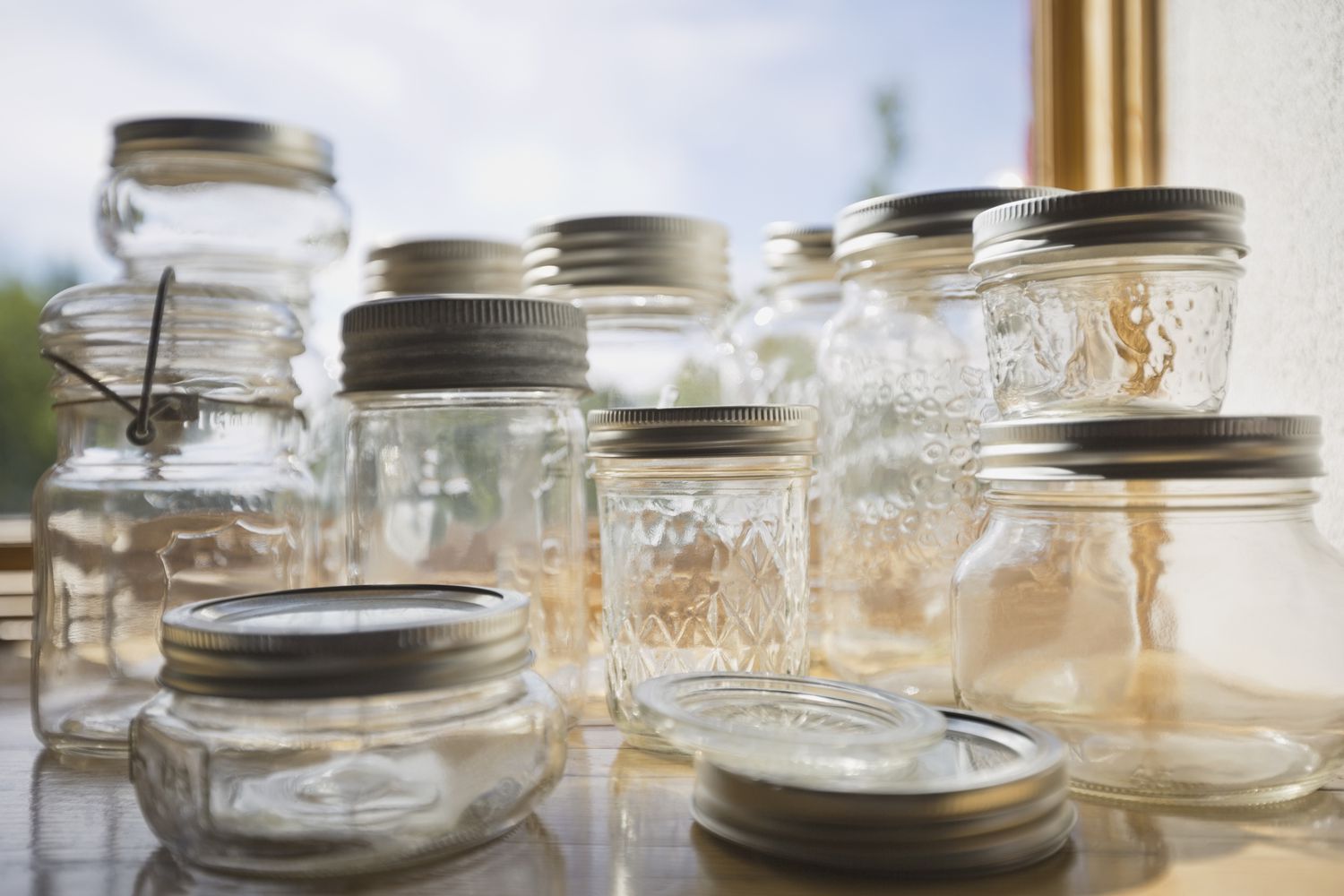
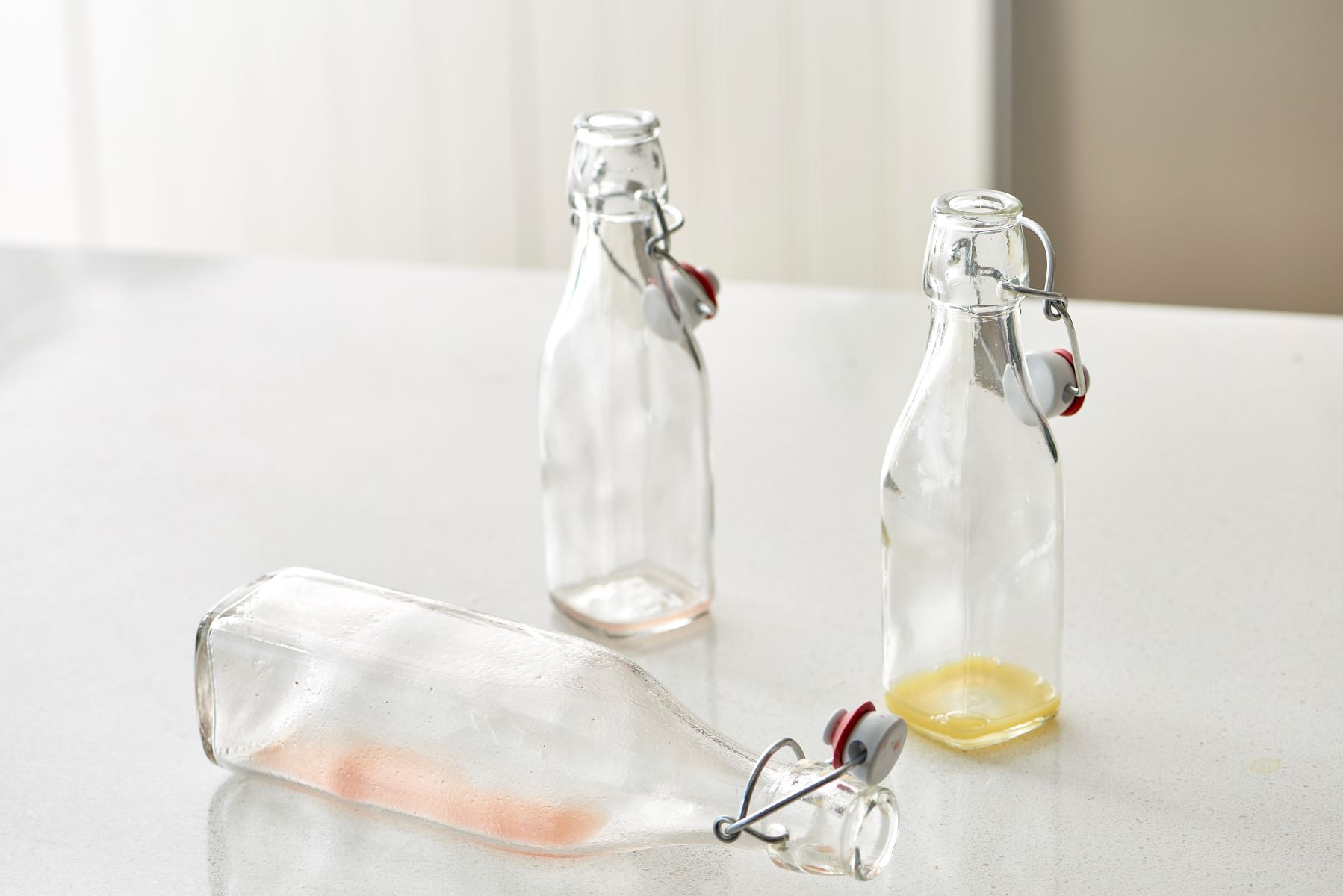
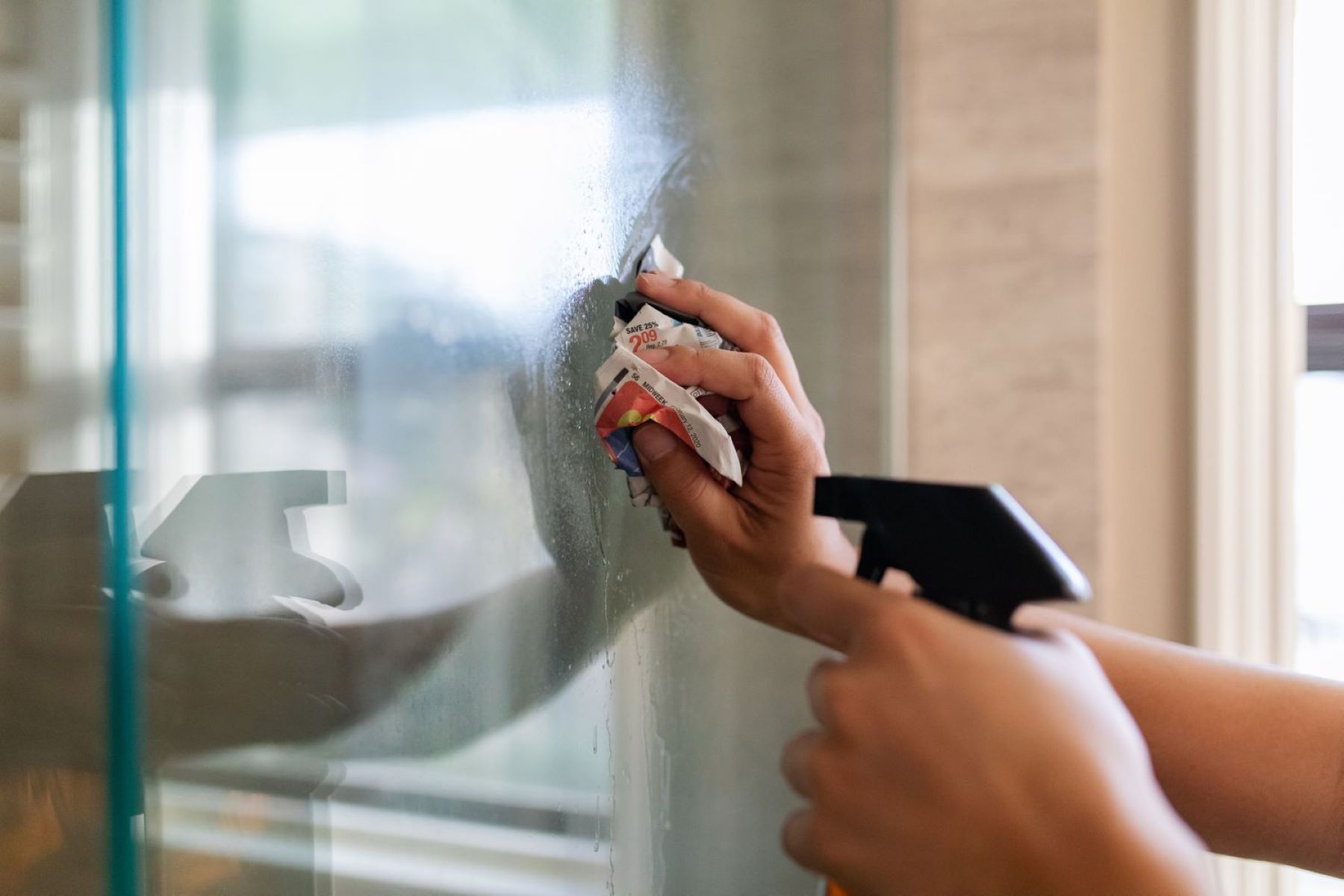
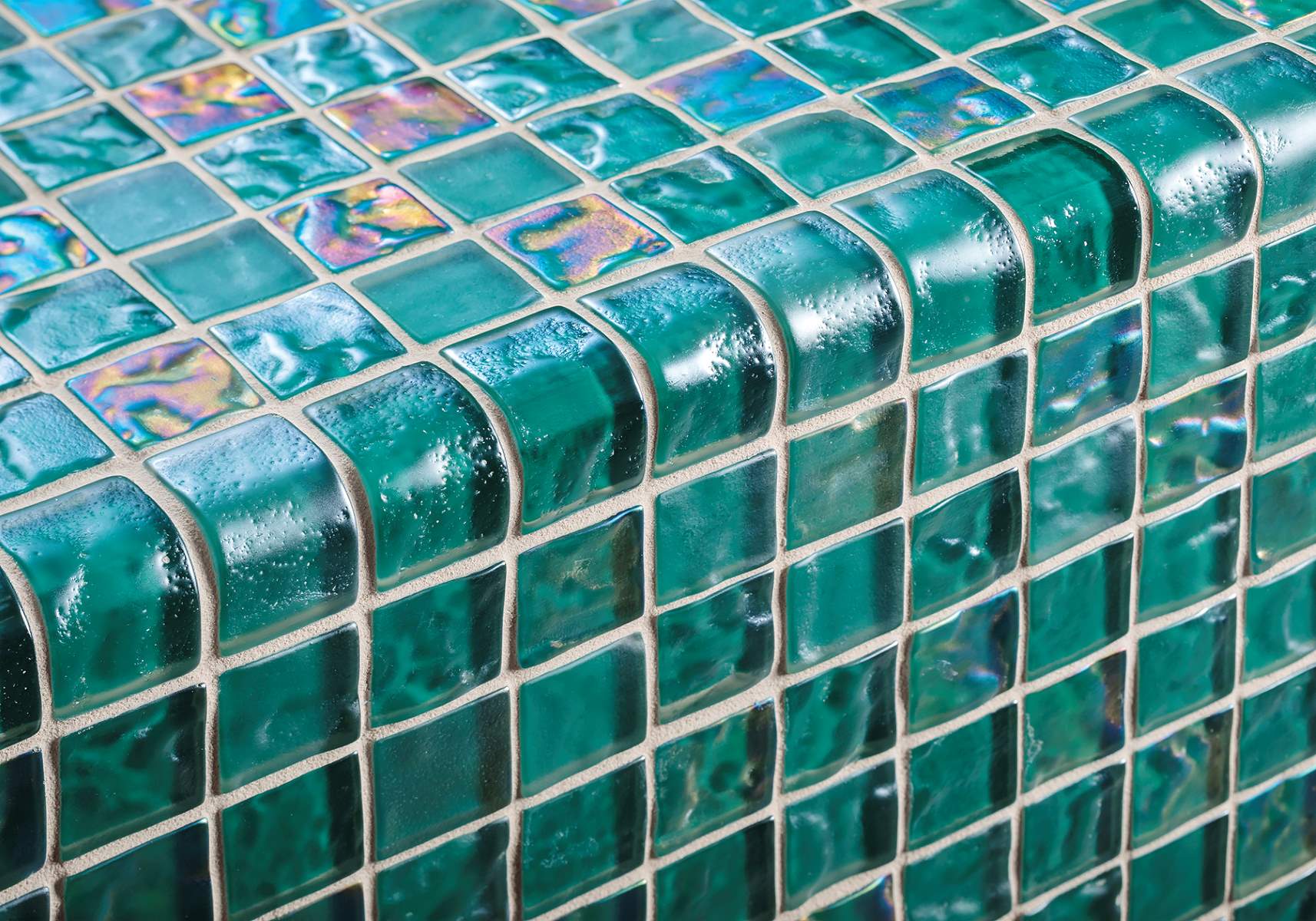
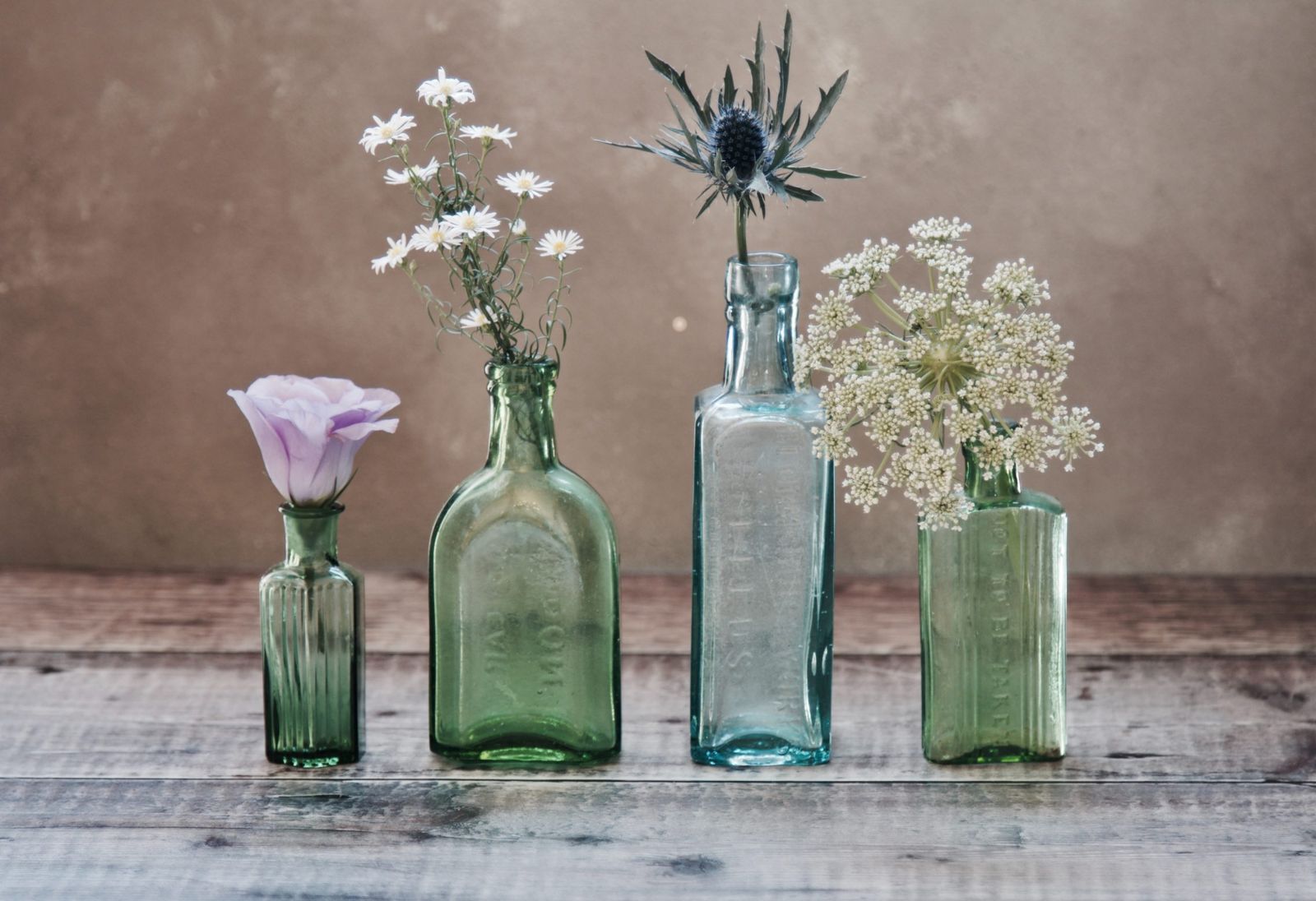
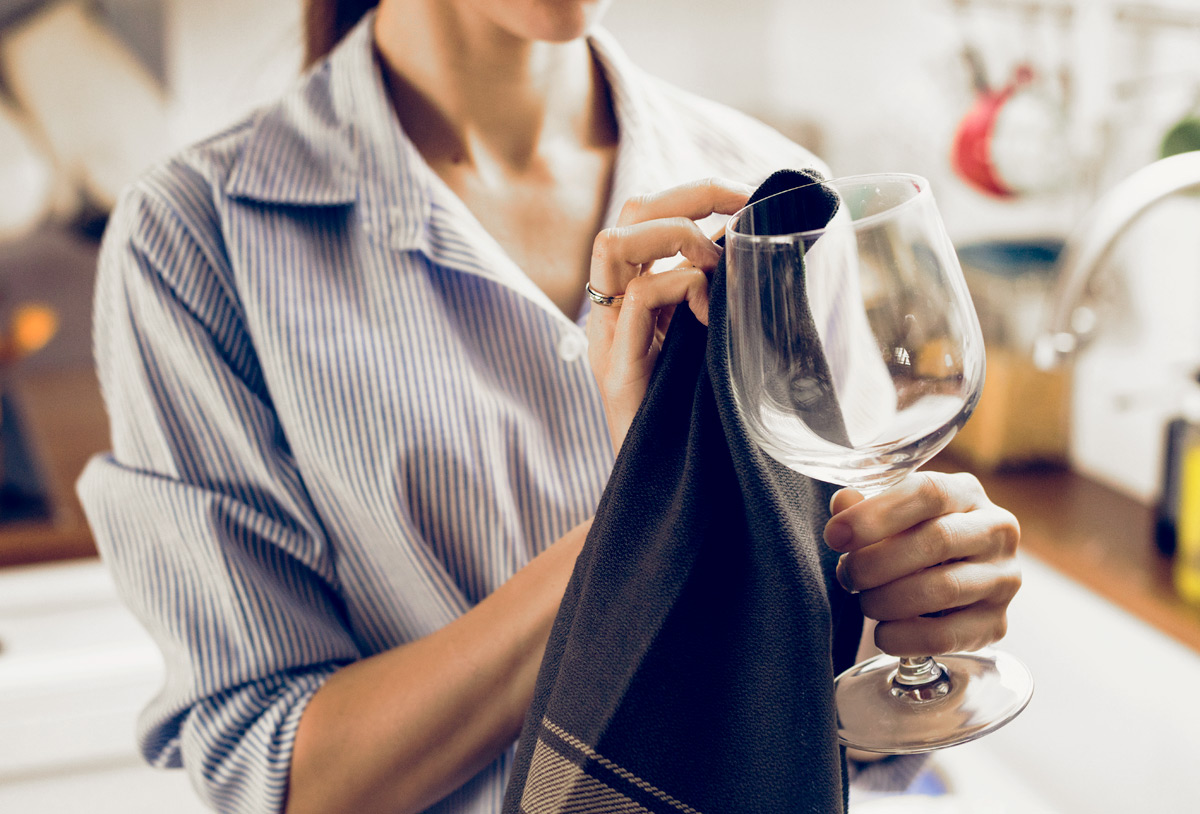
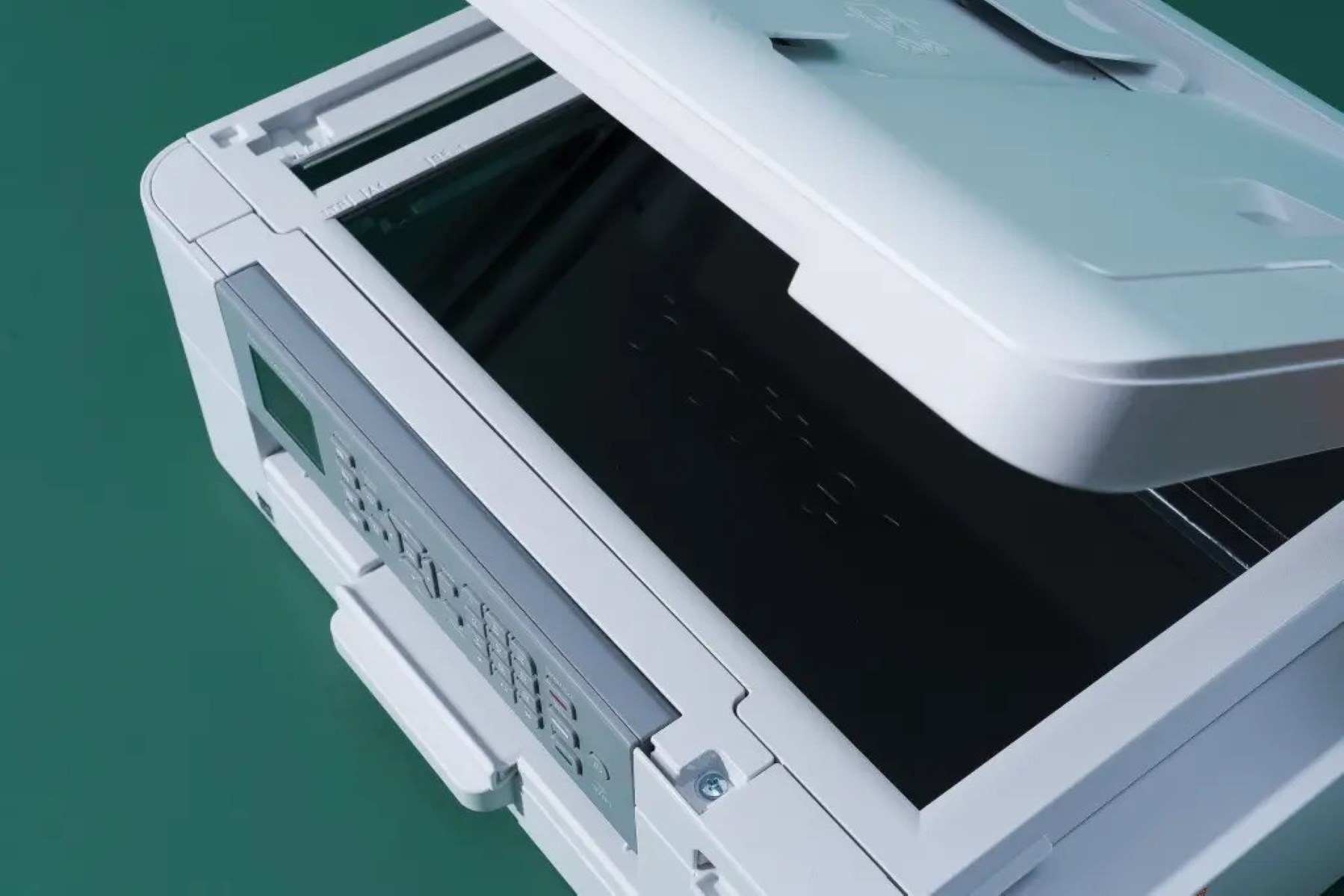
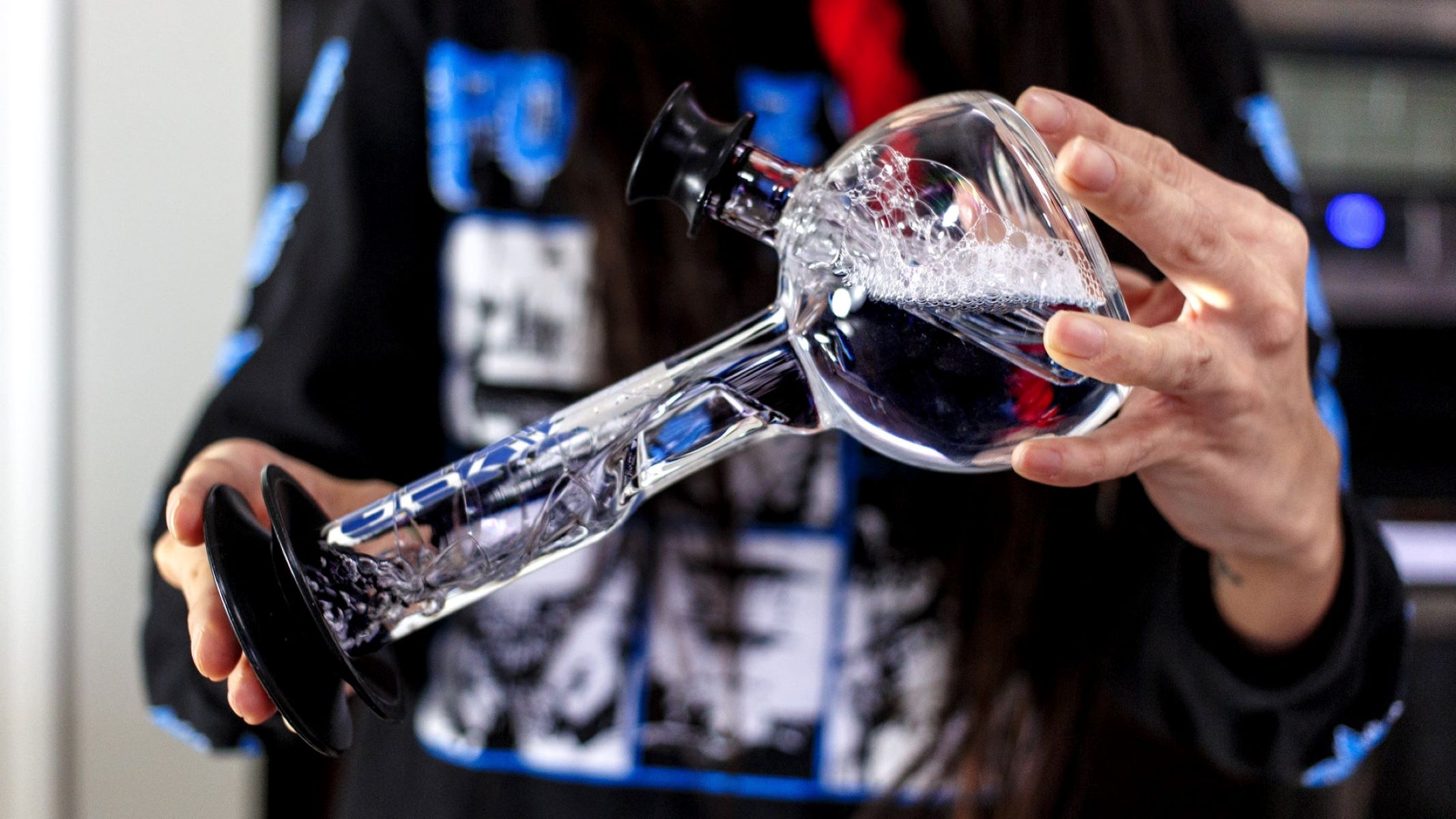
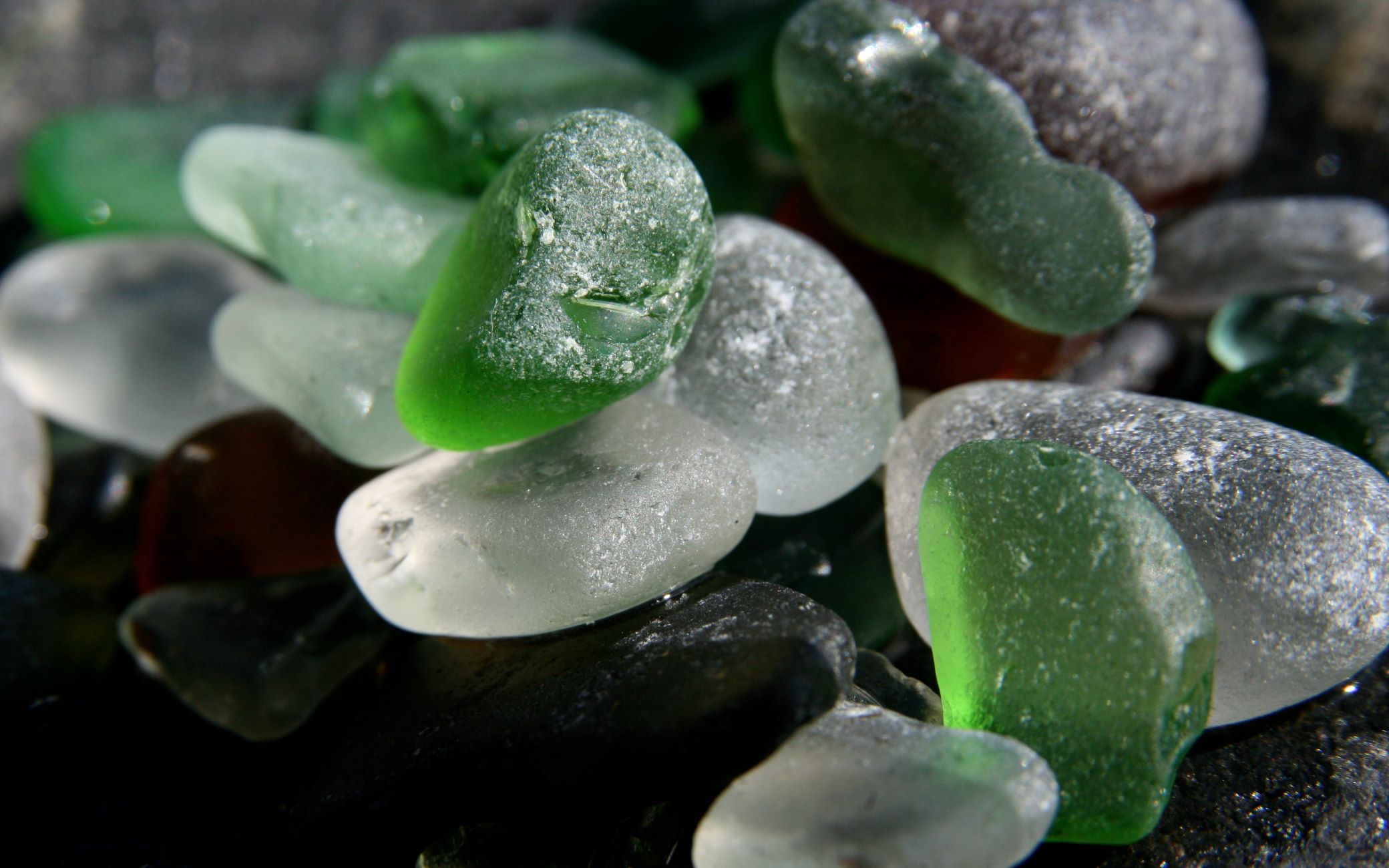
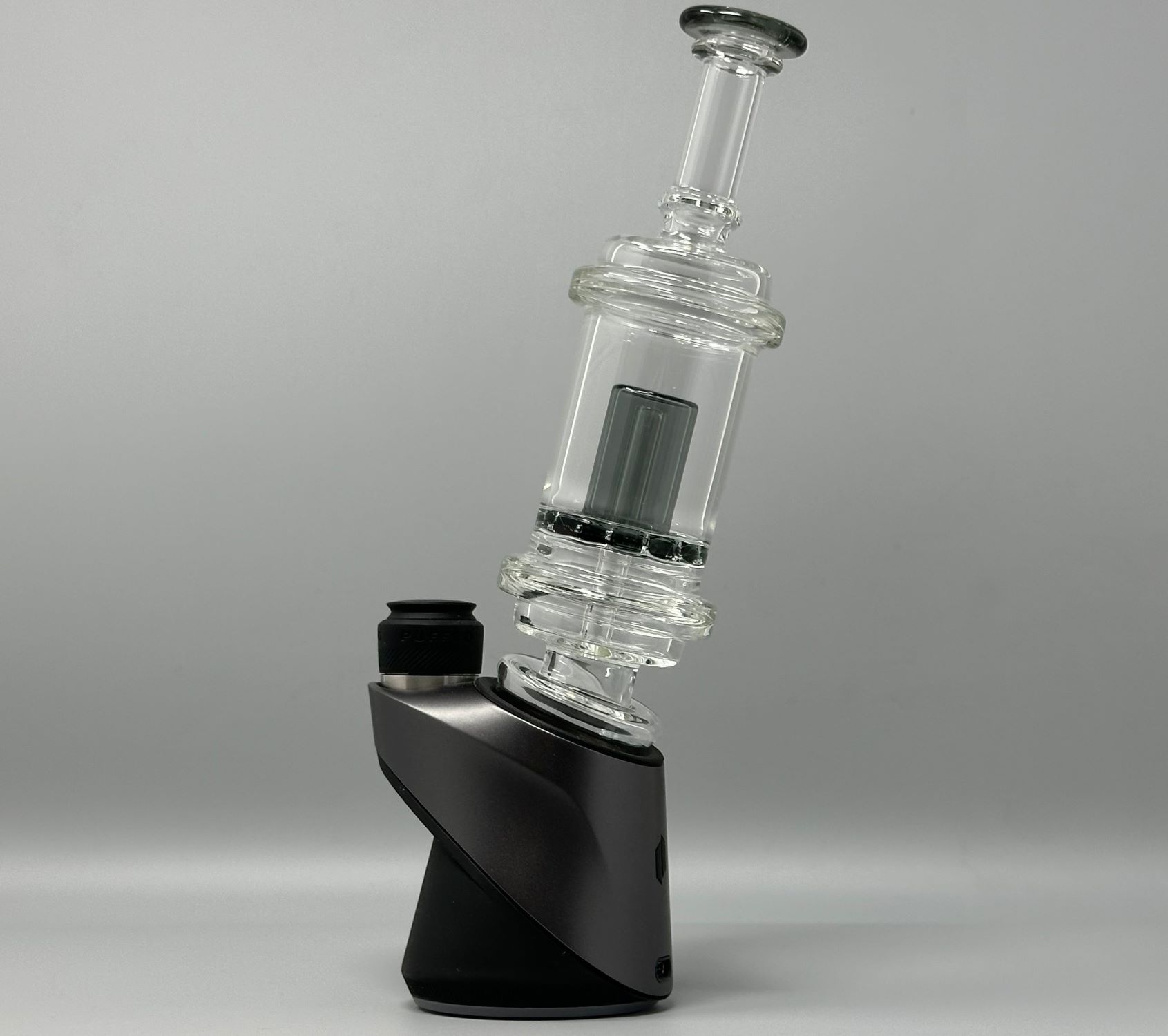
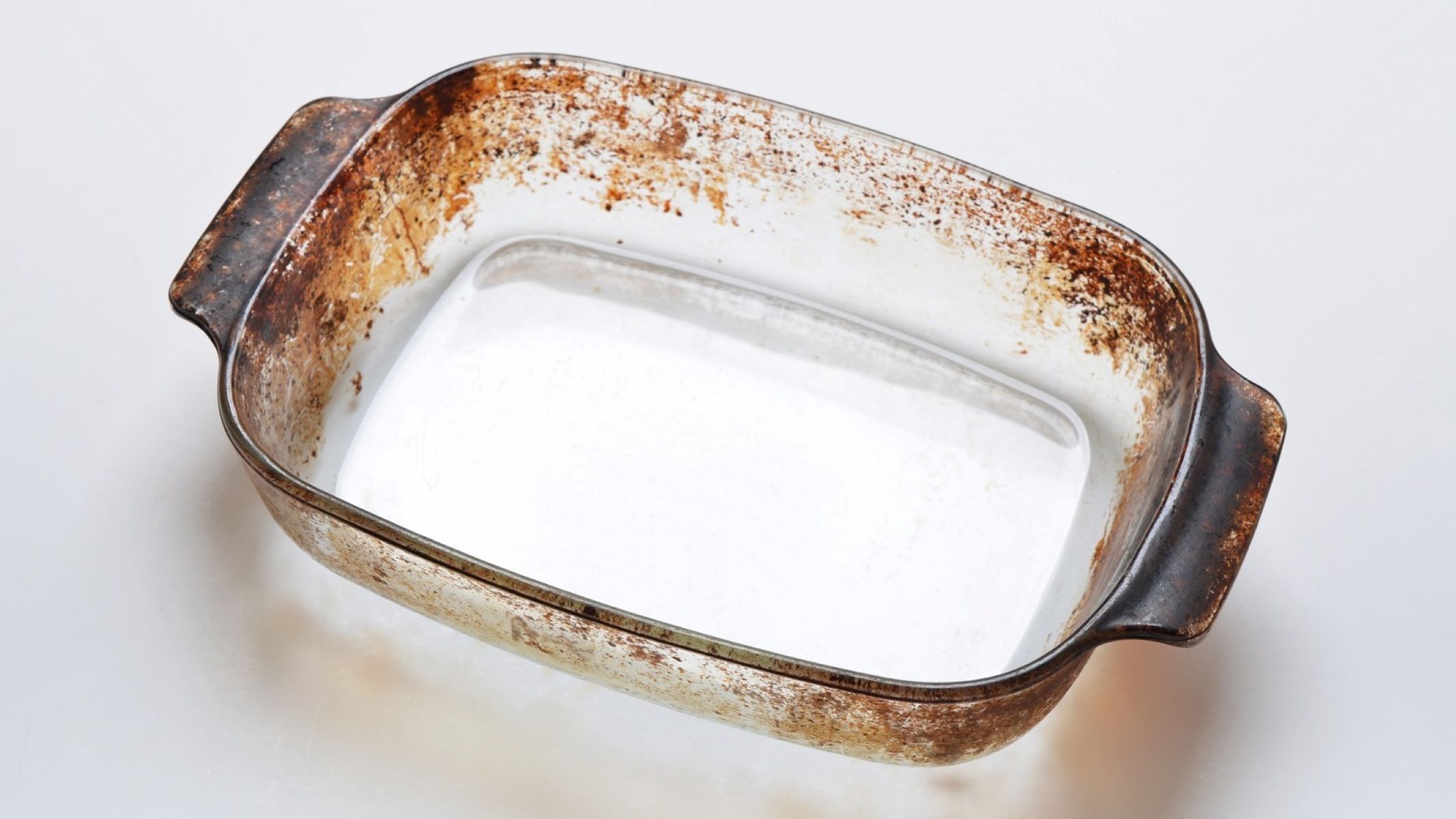
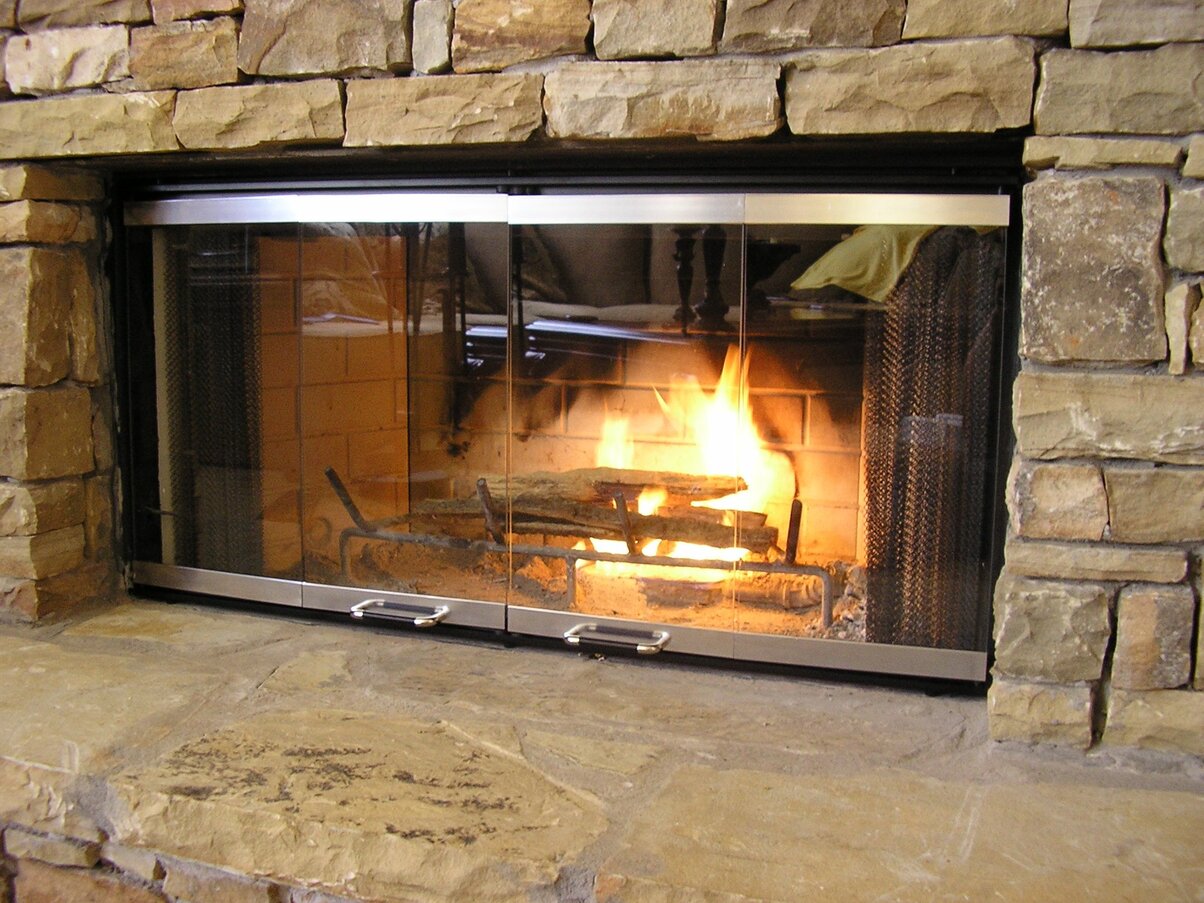
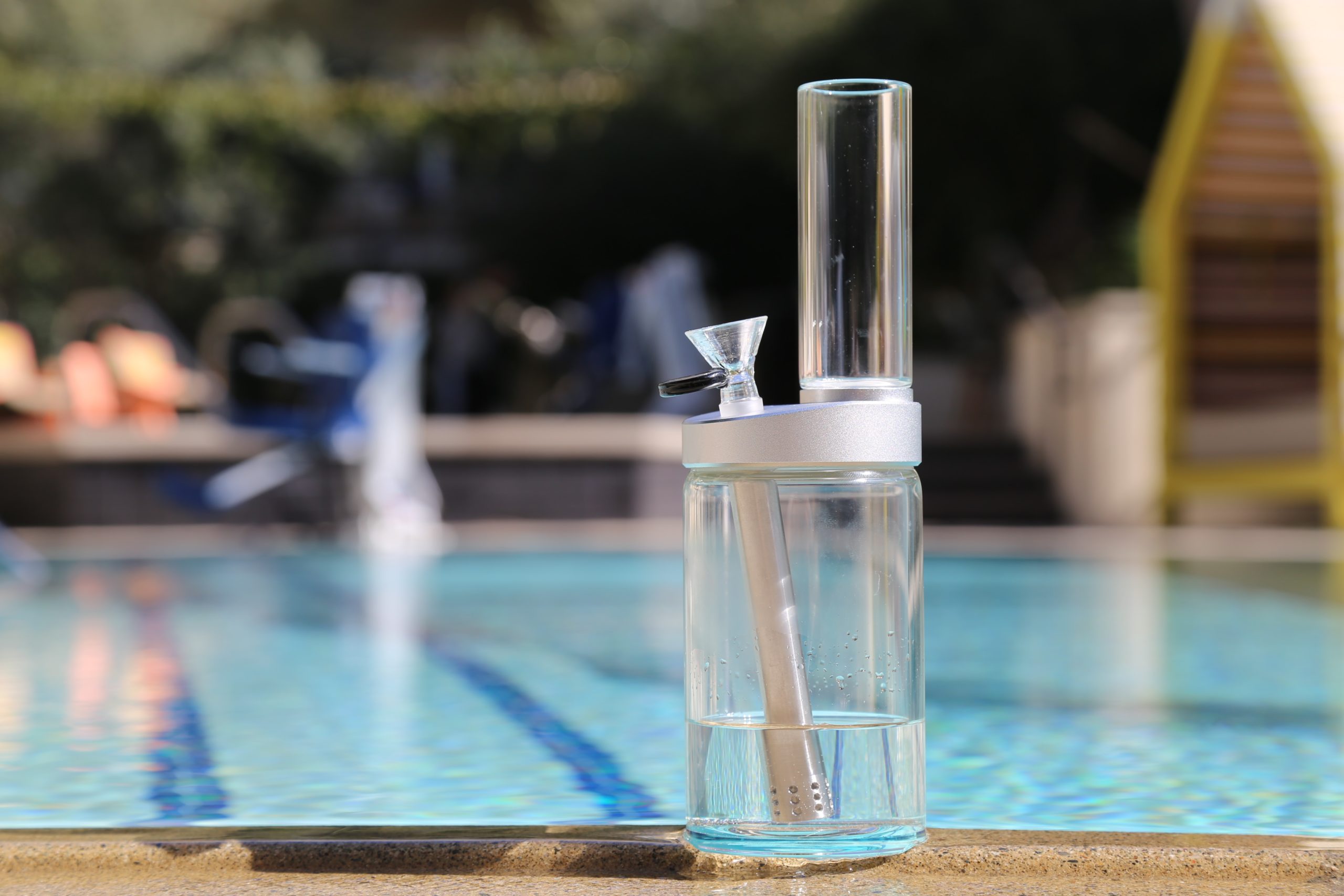
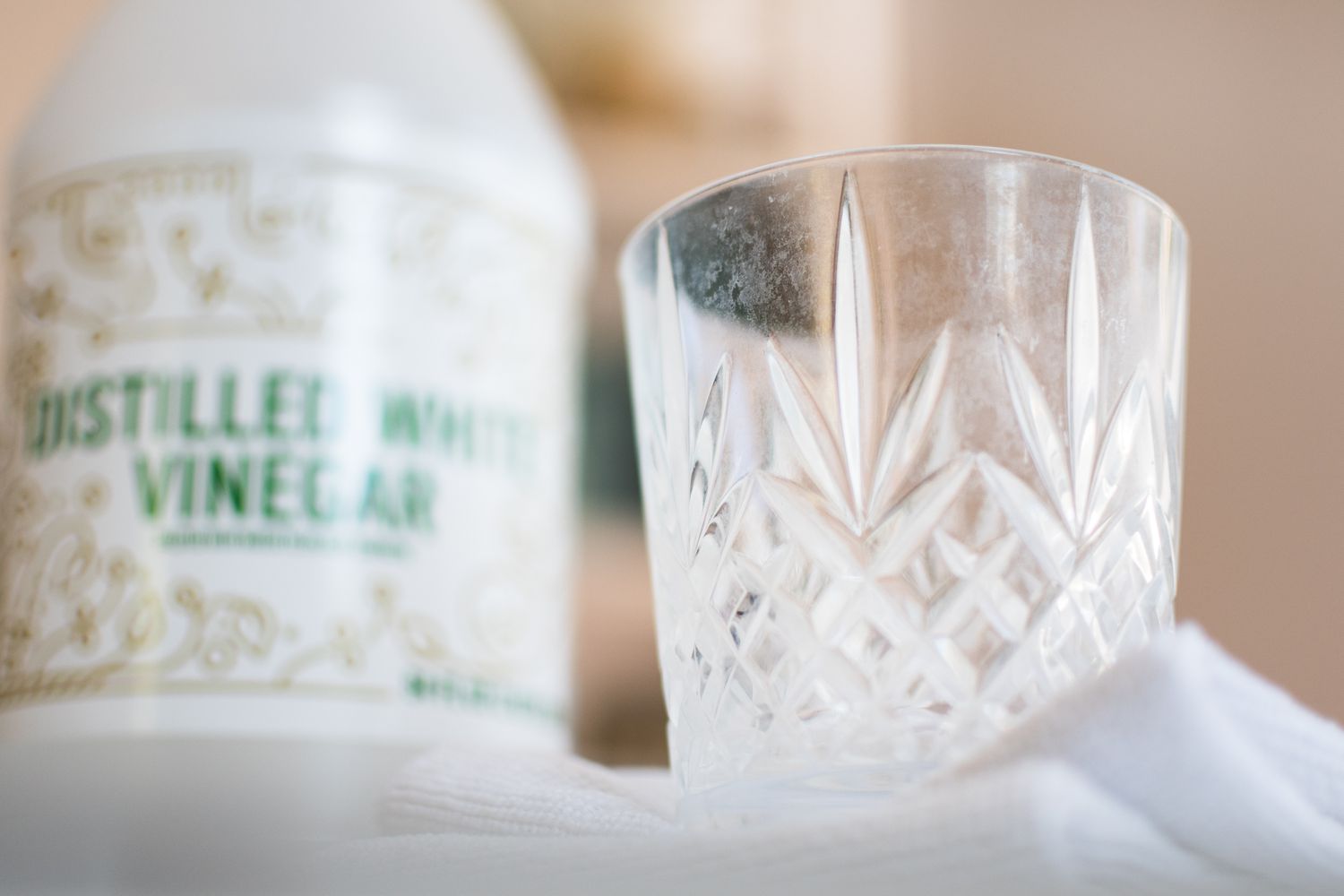

0 thoughts on “How To Clean Scorched Glass”